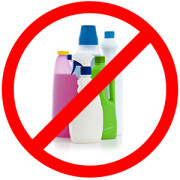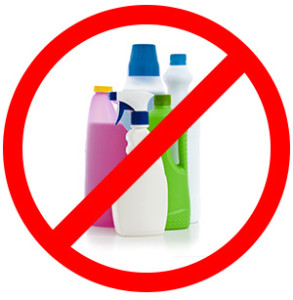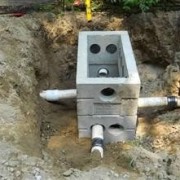Soil and Your Septic System
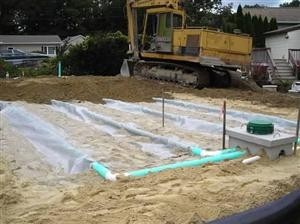
Drainfield Soil
Soil plays a major part in the proper functioning of a septic system. Many people do not realize what an important role the type of soil can make in your drainfield. Soil failure can be a major cause of septic system failure.
Soil works as a fine filter, and is the home to trillions of microscopic organisms that feed on organic matter in the effluent from the drainfield.
Soil Types
The texture of the soil determines how quickly wastewater will be absorbed in the drainfield. Soil percolation is the ability of the soil to absorb water. The best types of soil for drainage or percolation contain a balance of coarse and fine particles.
Gravel, or soil with a coarse texture, or coarse sand may not be adequate. They allow wastewater to pass too quickly to provide adequate treatment. These types of soils work only if they are deep. Soil may be brought in for septic systems and drainfields when the current soil is inadequate.
Clay Soil
Some soil mixtures may contain some particles of clay. Clay soil can be used in drainfields, but water moves through it much slower than in gravel or coarse textured soil. The problem with clay particles is that they can swell and block soil passages. This slows the movement of wastewater even more. If clay particles electronically bond to sodium molecules contained in wastewater, hardpan can occur. The passage of wastewater is totally blocked and this can lead to septic failure. Hardpan conditions in clay soil can be chemically treated. There are some products on the market to treat this condition.
Since soil plays such a critical part in the life of your septic system, it’s best to leave it up to the experts. Call All Clear Septic at 508-763-4431 for all your septic needs and questions. Ask them about their septic system maintenance program. Or visit www.allclearseptic.com
This blog was posted on www.allclearseptic.com on February 10, 2016.

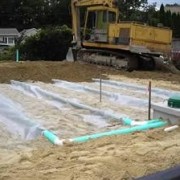

 do to avoid this? If you are a home owner with a private septic system, these questions may have run through your mind.
do to avoid this? If you are a home owner with a private septic system, these questions may have run through your mind. 


 bits can drastically affect your septic system for the good or the bad.
bits can drastically affect your septic system for the good or the bad.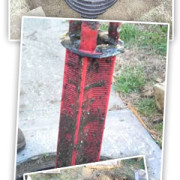
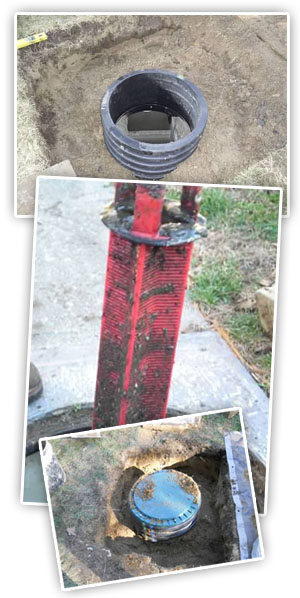 You can extend the life of your septic system by just performing a couple of simple and cost-effective tasks. Signing up for the All-Clear Preventative Maintenance Program is one way to eliminate septic system surprises and make simple adjustments that will prevent costly repairs or replacements. Another way to improve the effectiveness of your septic system is through the use of risers, covers and filters.
You can extend the life of your septic system by just performing a couple of simple and cost-effective tasks. Signing up for the All-Clear Preventative Maintenance Program is one way to eliminate septic system surprises and make simple adjustments that will prevent costly repairs or replacements. Another way to improve the effectiveness of your septic system is through the use of risers, covers and filters.
 n underground leaching area within the soil that receives the liquid wastewater and distributes it over a specified area where it is allowed to seep into the soil.
n underground leaching area within the soil that receives the liquid wastewater and distributes it over a specified area where it is allowed to seep into the soil.
 What do I need to do to sell my house or build an addition on my home?
What do I need to do to sell my house or build an addition on my home? Will my landscaping be affected by the inspection?
Will my landscaping be affected by the inspection?

